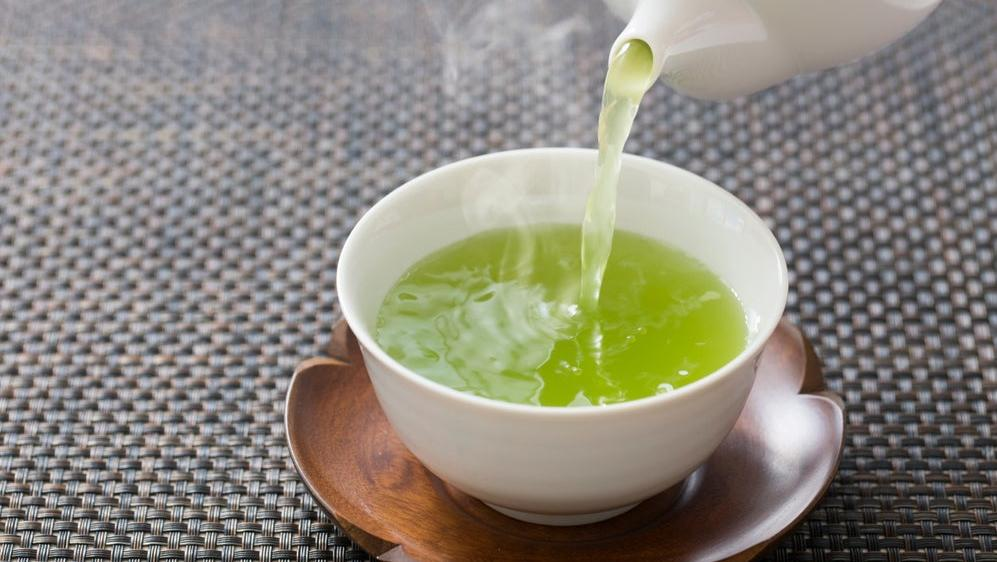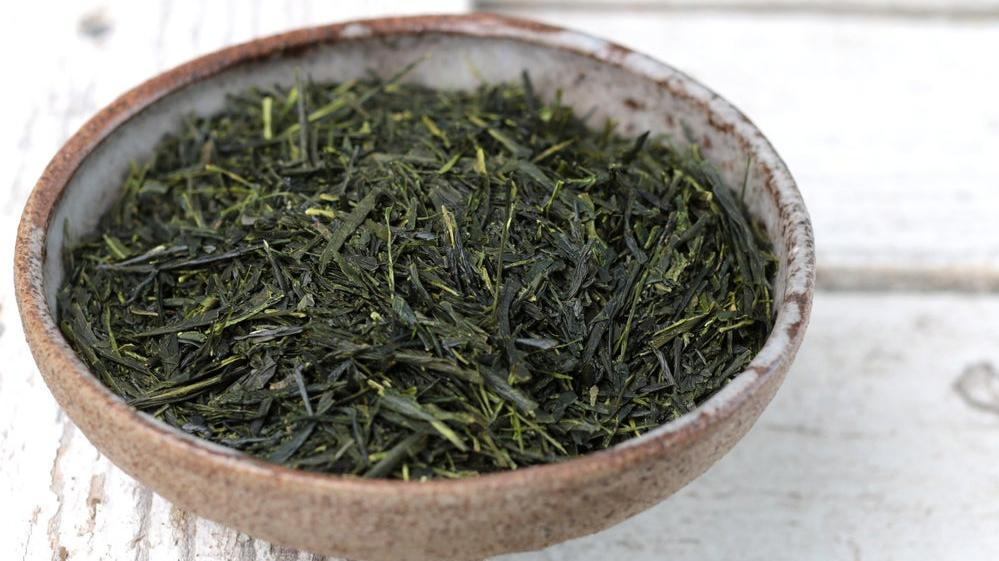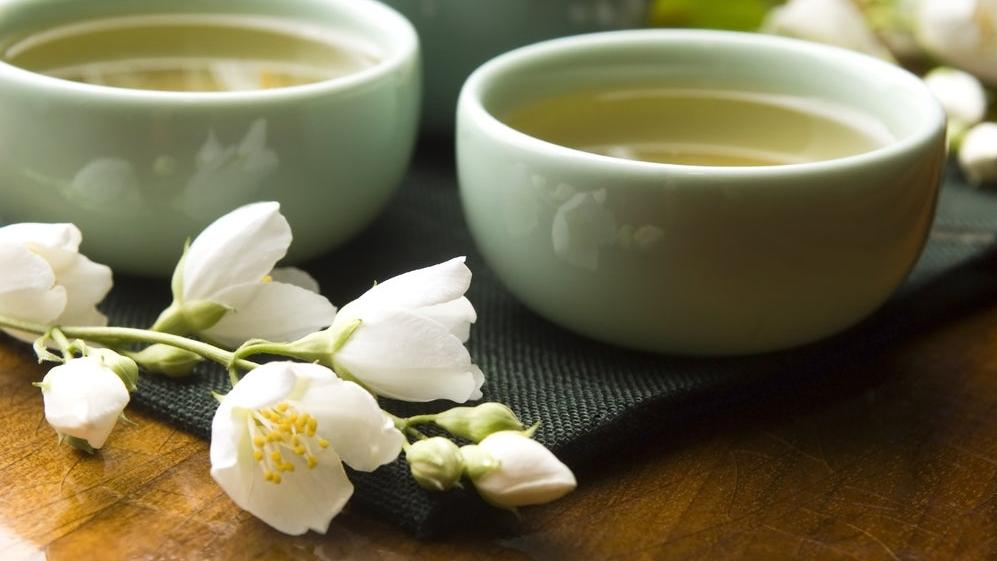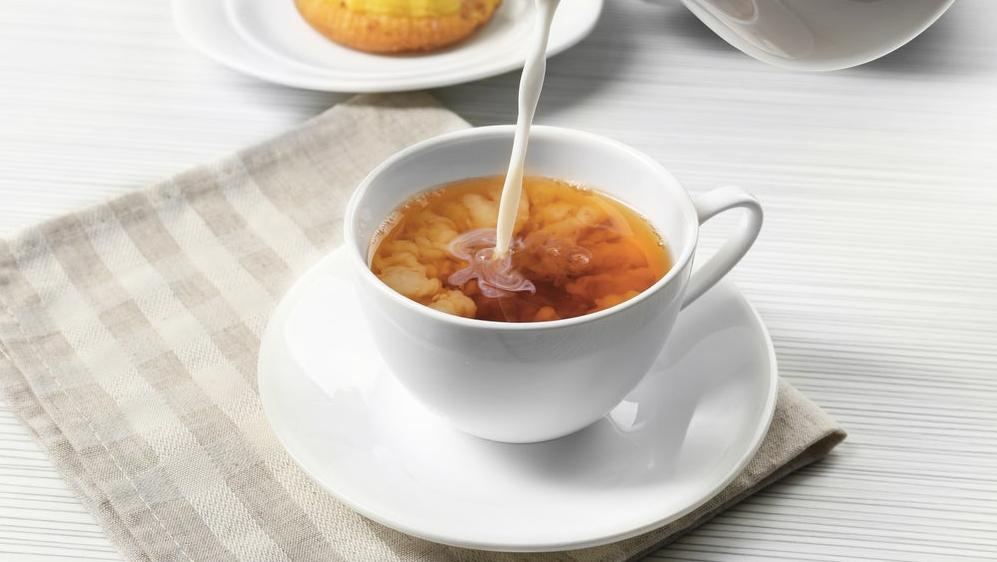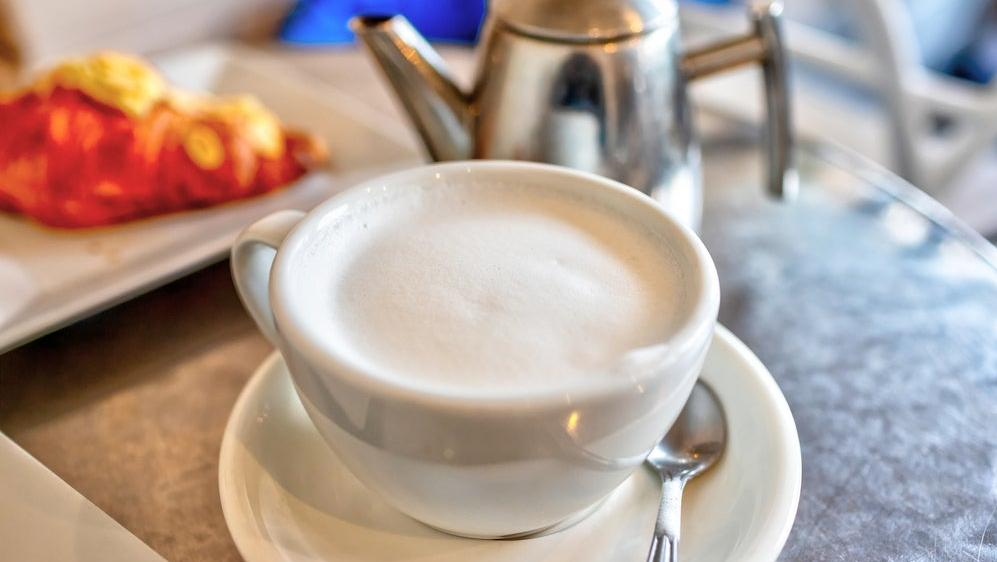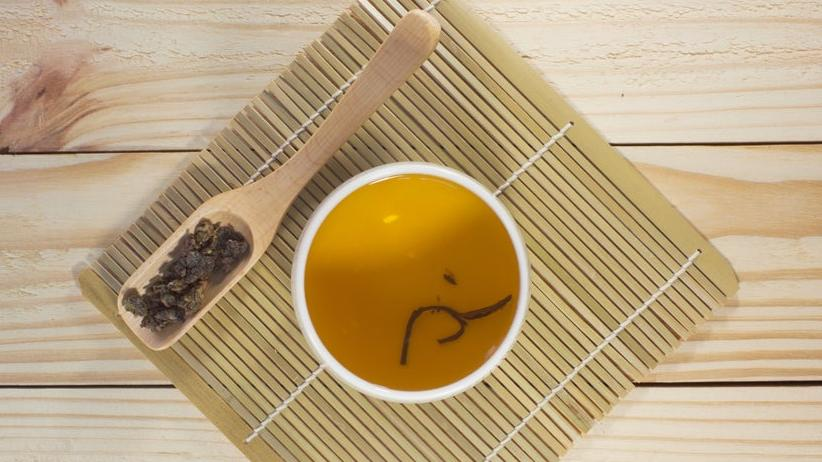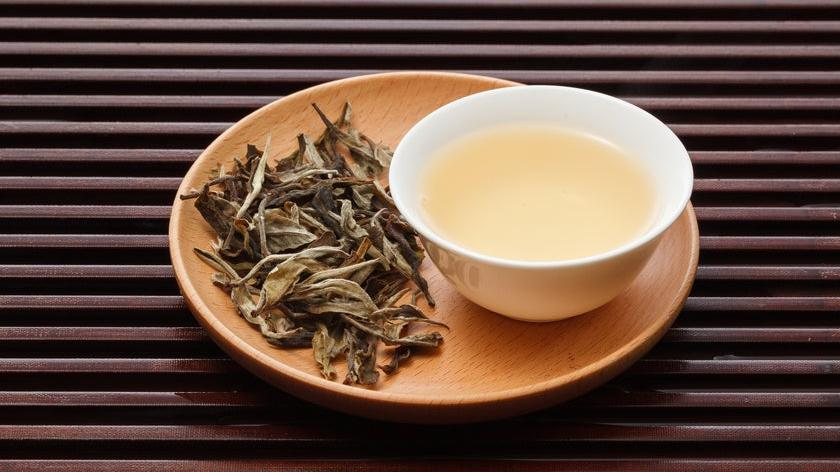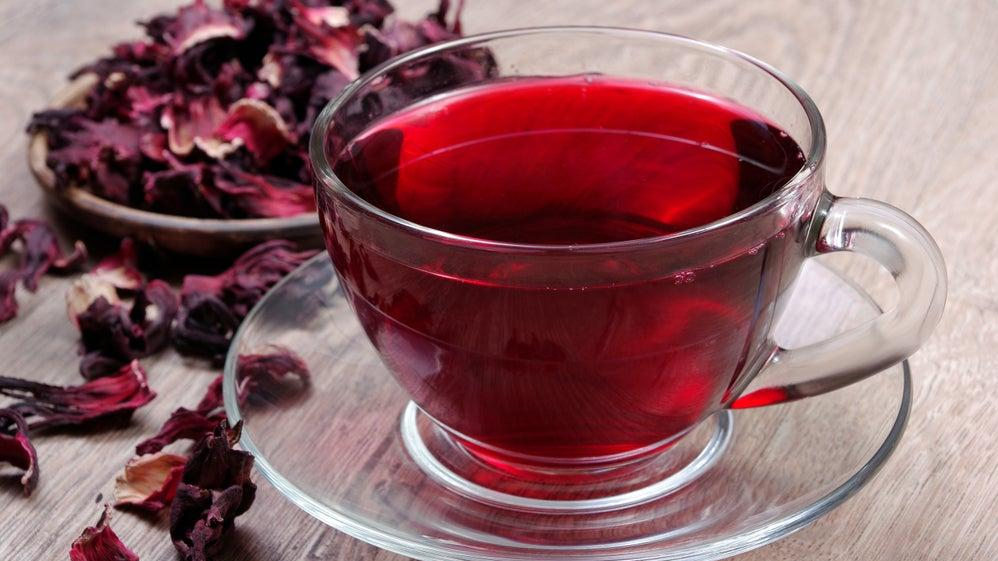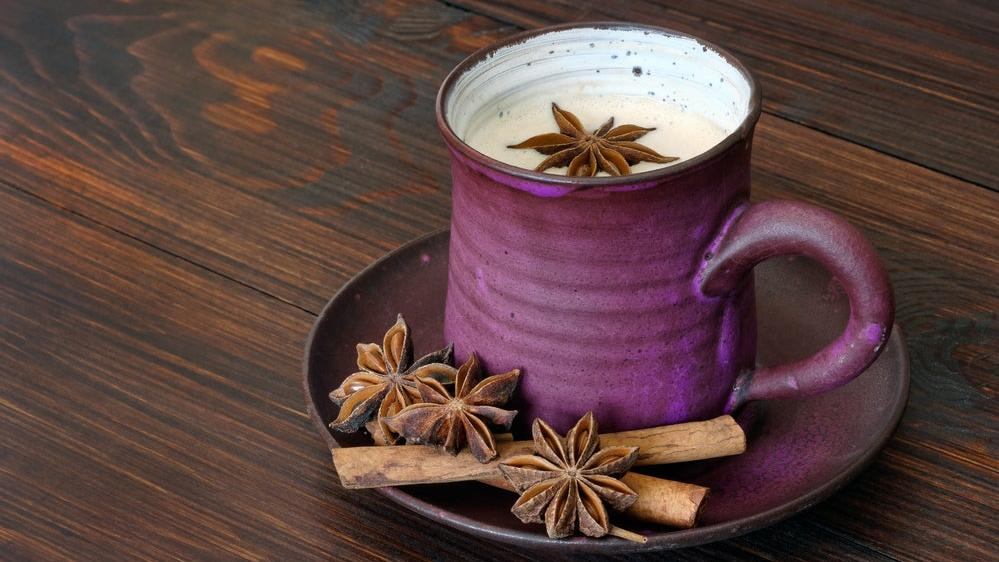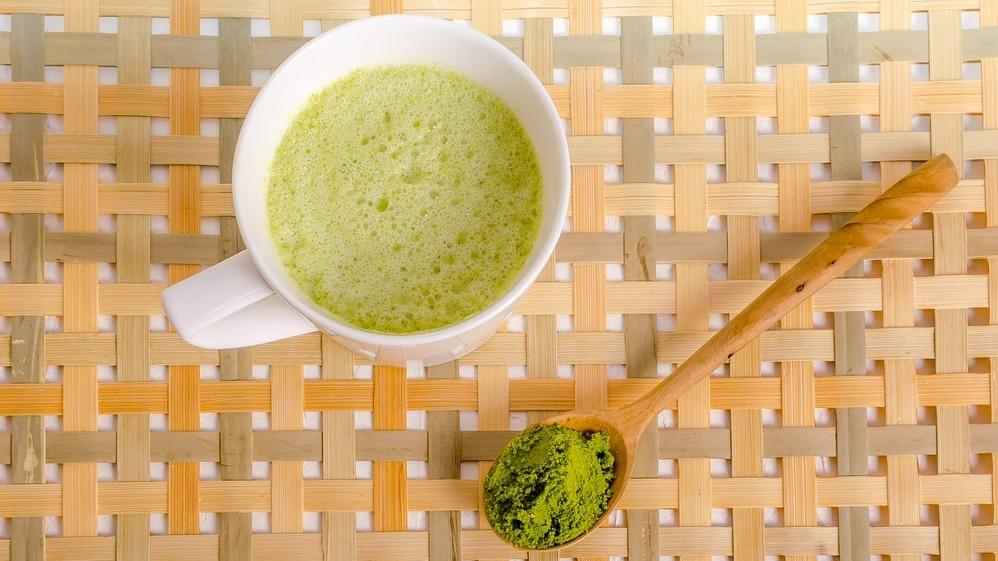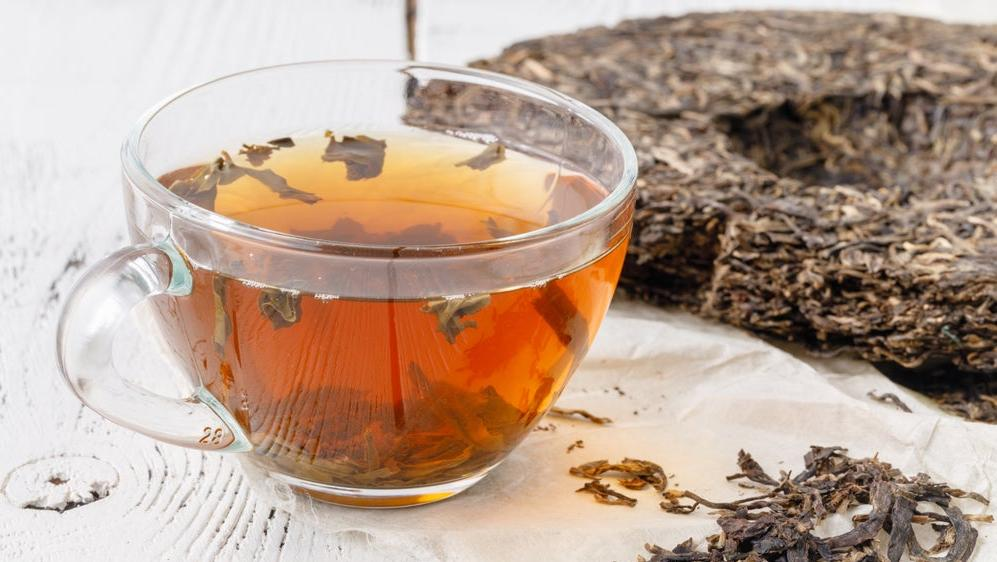10 Perfect Teas For Beginners, Explained
If you're thinking about getting into tea, start here.
If you've simmered on the idea of drinking tea, here's your sign to start brewing. Chances are you're familiar with green and black tea, but what are they really? And what's the difference between Earl Grey and English Breakfast? Here, we'll explore the basic "true teas," or those derived from the same plant: Camellia sinensis, commonly referred to as a tea plant. All true teas come from this plant; the variations in its growth, harvest, and roasting are what distinguish green teas, black teas, and white teas.
What follows are 10 different teas every newbie should try. (Just make sure you brew it the right way.)
Sencha
If you frequent a certain type of coffee shop, you've probably spotted the sencha variety on a list of tea selections. This is commonly a loose leaf tea whose leaves are rolled and unravel when met with hot water. This tea is grown in direct sunlight, affording the leaves more chlorophyll; they're steamed upon harvest for less than a minute, then pressed, either by hand or in factories. Popularly consumed in Japan, sencha's taste is slightly astringent and stronger than other green teas.
Jasmine
Jasmine tea is a form of green tea, and you can find it hand-rolled, in loose leaf form, or in tea bags. This lightly roasted variety features a delicate green color when steeped; tea and jasmine leaves fuse together, balancing out its flavor profile. The bitter taste of green tea is present, but the jasmine flowers, grown in Asia and the Middle East, offer a floral addition. Jasmine leaves are exposed to tea leaves during production, infusing them with the flower's scent. When the jasmine flowers lose their oomph, they are replaced to keep imparting their fragrance, and once the tea leaves have been adequately flavored, they're dried for sale.
English Breakfast Tea
Does it get more mainstream than a cup of English Breakfast tea? This variety is often seen as the coffee of teas: Though it's about 50% lighter on the caffeine, it has coffee's flavorful "bite" and blends just as well with milks and sweeteners. This tea is actually a blend, typically made from black teas including Keemun, Assam, Kenyan, and Ceylon types, each of which contributes different degrees of bitterness, sweetness, and floral notes. To make black tea, the tea leaves are roasted for longer, darkening them and imbuing them with a more robust flavor than green tea.
Earl Grey
"Potayto, potahto," you might think when distinguishing English Breakfast tea from Earl Grey. But the latter is a flavored tea, unlike its cousin, scented with bergamot orange. This flavoring process can occur before or after the leaves have been dried; if after, then bergamot essential oil may be applied on the leaves to hasten the process. This gives Earl Grey its signature citrus-adjacent taste, making it ideal for a London Fog, in which a bag of tea is steeped and met with steamed milk, vanilla, honey, and the option of lavender.
Oolong
Oolong tea, mostly grown in China and Taiwan, has been anywhere from 8% to 85% oxidized. By comparison, green tea does not endure a long oxidation period, keeping its flavor light, while black tea is oxidized for the longest and develops a deeper, richer taste as a result. Oxidation of this sort means a tea leaf has been cut and separated from its stem, thus gaining more oxygen. The extra oxidation of oolong includes bruising and pressing down on the leaves, therefore encouraging new flavors to develop as the oxygen continues to depart the leaves. Roasting times vary depending on the type of oolong tea.
White tea
These are the lightest of teas in color and flavor, and there are several types of white teas to sip on: Silver Needle, White Peony, Longevity Eyebrow, and Darjeeling White all differ in where they are grown and in what conditions. Generally, though, white teas don't endure much processing, as leaves are picked prior to them fully opening up, leading to a lighter color when steeped in hot water. After harvest, they are intentionally left to wither in a space with a specific climate and later left to dry. Though most tea leaves made to produce white tea grow in China, some are found in India. Flavor-wise, a defining factor of a white tea will be more delicate notes than a green tea, slightly sweeter depending on the blend, honey-floral notes, and a generally a more mellow drinking experience.
Hibiscus
Native to Southeast Asia and North Africa, the hibiscus flower forms this tea, specifically the part known as the calyx. That's the portion of the plant that protects the ruby red bud until it's ready to bloom. Slightly sweet and citrusy, hibiscus tea is wonderful served either hot or iced, and is naturally caffeine free. Hibiscus tea is not a true tea, though it's often paired with varieties made from the tea plant.
Chai
Chai is a staple for many tea drinkers who enjoy a bit of spice. Chai, a black tea, may come in the form of a tea bag, steeped in water topped off with steamed milk, or it may be enjoyed with milk as a base entirely. It's commonly composed of spices such as ginger, cloves, cardamom, black pepper, and cinnamon, and concentrates can be bought and mixed with milk. Tea leaves used to make black tea endure a longer roast time, and chai is no exception.
Matcha
Matcha tea is powdered green tea. A specialty drink, it's traditionally made with water and no sweetener, though most coffee shops offer matcha lattes with various milks and sweeteners as an option. Though a teaspoon of matcha packs a stronger punch than a bag of regular green tea, it's not as strong as a cup of coffee. If purchasing matcha, the highest quality will come from Japan, most notably in Uji, packed in small tin canisters to preserve freshness and keep the delicate powder from receiving sunlight.
Pu-erh
Pu-erh tea is not commonly drunk in Western society and is likely the most labor-intensive tea in this list to produce. Much like fine wine in France, pu-erh is a cultural gem of China, protected by the government to ensure quality. The Yunnan Province grows the tea leaves that go into pu-erh, and only specific conditions make this tea what it is. Large woks are used to throw the leaves around and oxidize them, and those same leaves are later sun-bathed. The trick? Due to moisture carefully retained by the wok, natural bacteria remains. This bacteria ages the leaves, allowing them to develop complex flavors for up to decades. Pu-erh tea comes in a compressed form, like tea leaves caked together into little disks. This is a great advanced tea drinker's tea, as it can get expensive.
